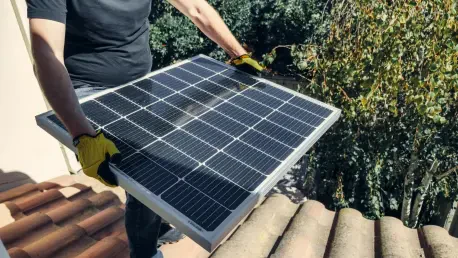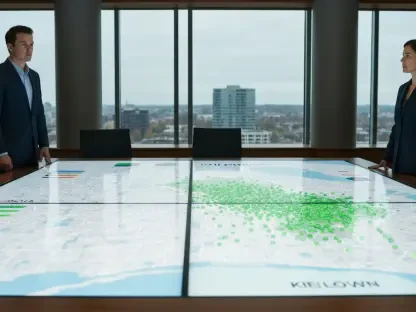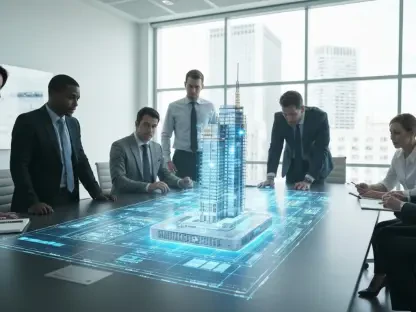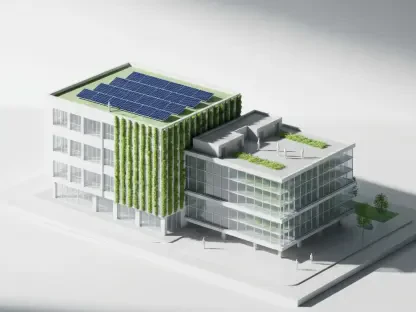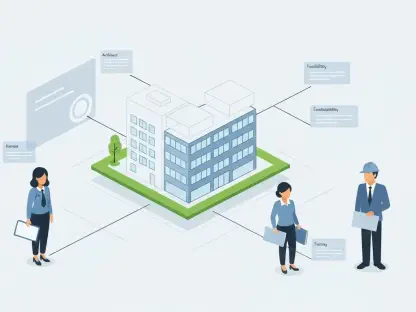The world stands at a critical juncture, grappling with climate change while urbanization continues apace. Notably, the housing sector contributes significantly to environmental degradation, spotlighting eco-friendly housing solutions as a vital component of sustainable development. In today’s world, the shift toward sustainable living is far more than a trend; it represents an evolution in how communities and industries view the built environment. This article explores current eco-friendly housing trends, real-world applications, expert insights, and future implications.
Current Trends in Eco-Friendly Housing
Growth and Adoption Statistics
The eco-friendly housing market has seen exponential growth, with rising public awareness and government incentives playing pivotal roles. Recent industry reports highlight that the eco-friendly housing sector grew by 25% over the past two years, outpacing traditional construction methods. Adoption is notably prominent in urban areas, where climate consciousness drives demand for renewable energy sources and sustainable building materials. The increased use of photovoltaic panels and advanced energy-efficient designs underscores the industry’s commitment to reducing carbon footprints, indicating a steady upward trajectory in mainstream adoption.
Real-World Applications and Innovations
Innovative projects like the eco-friendly development in Daventry serve as exemplars of how sustainable practices are implemented in real-life scenarios. Spearheaded by Morro Partnerships, this £12.6 million venture plans to construct 52 eco-friendly homes on a former brownfield site. Here, eco-innovation is visible through photovoltaic solar panels, electric vehicle charging points, and timber frame construction, efficiently blending ecological responsibility with cutting-edge technology. Collaborations with renowned companies in this field exemplify how public and private sectors are working toward reimagining future community living while maintaining social and environmental responsibility.
Expert Insights on Eco-Friendly Housing
Insights from experts within the industry elucidate the transformative potential and challenges of eco-friendly housing. Abdul Mozzamdar, known for his leadership in environmental, social, and governance (ESG) goals, articulates the importance of integrating eco-friendly solutions within broader social frameworks. His commitment to over £1 million in social contributions, encompassing job creation and community engagement, reflects the sector’s potential for community transformation. Simon Preston also highlights the importance of such ventures in providing replicable models for responsible construction across various regions.
The perspectives from these industry leaders reinforce the significance of this trend, drawing attention to the necessity to balance environment-friendly objectives with economic feasibility. Understanding the nuances and potential societal impacts is critical for fostering advanced dialogue on the future of housing development.
Future Outlook and Implications
Looking forward, the evolution of eco-friendly housing solutions holds promise and poses challenges. As advancements in building technologies and materials continue, there’s potential for further reductions in energy usage and emissions. Expected developments might enhance the accessibility and affordability of sustainable housing, bridging gaps in regions previously underserved by green innovations. However, challenges such as initial investment costs and regional regulatory disparities could impede uniform growth.
The broader implications of integrating eco-friendly housing extend across industries, from construction to technology. This trend might redefine how cities are planned, prioritizing green spaces and energy-efficient public infrastructure. As a driver of economic and social change, eco-friendly housing is not just a response to environmental challenges, but an opportunity to cultivate resilient, forward-thinking communities.
Conclusion and Call to Action
In reflecting on the present and future of eco-friendly housing solutions, the significance of advancing this trend cannot be overlooked. Increased participation from public and private sectors harmonizes environmental goals with urban development, crafting a blueprint for sustainability that encompasses economic, social, and ecological dimensions. Moving forward, stakeholders must prioritize accessible, cost-effective strategies to enhance adoption rates and community impact. By encouraging innovation and collaboration, the path toward eco-friendly housing solutions will likely yield profound benefits across societal and environmental landscapes.
